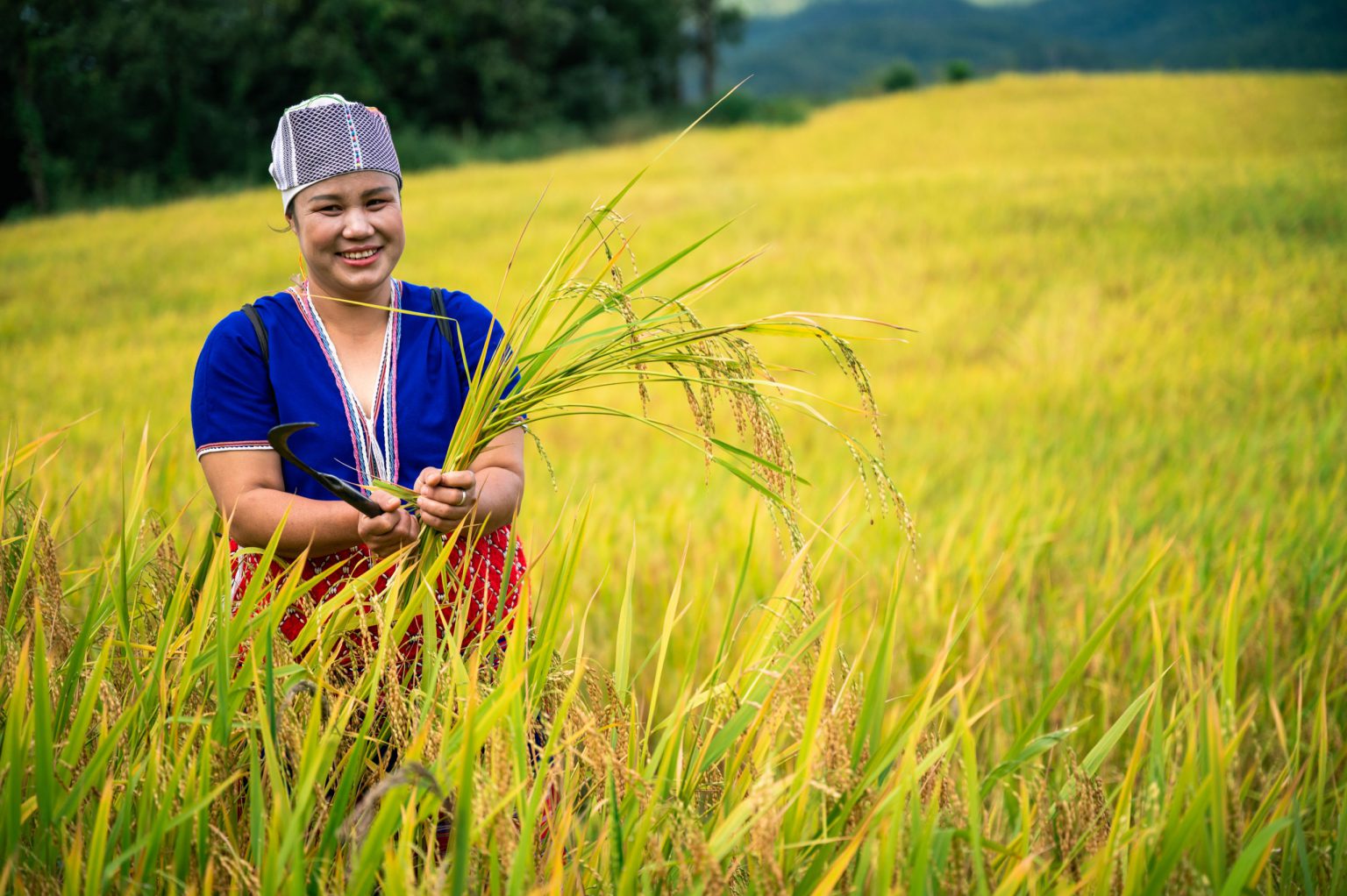My career began with studying the policies of the Bretton Woods institutions, which by the 1980s had assumed a dominant role for the economic policy of most developing countries. One interesting aspect concerned the negative implications for income distribution and the living conditions of the most vulnerable groups. Back then, a group of UN representatives had highlighted how they had overlooked the consequences on the fight against poverty in local communities. The idea of an “adjustment with a human face” gained popularity. The concept was simple and complex at the same time. It aimed to make clear that economic growth could not be considered such unless the beneficiaries were put at the heart of the policies themselves.
The concept of policies and investments “with a human face” is back in the news when it comes to climate impacts on humanity, particularly in emerging and frontier countries. Not surprisingly, COP26 focused on the climate challenge in these areas. A new way of thinking has emerged: the consideration that investments cannot only help address climate change, but also ensure that this happens in a beneficial and win-win way. This is the essence of the concept of the “just transition” or “transition with a human face”: an environmental evolution that takes into account the positive and negative externalities on humanity.
The importance of equality and justice in defining green investment opportunities highlights how a global commitment to faster action towards zero emissions is only possible if costs and benefits are shared.
The key idea is that people living in emerging countries are not only beneficiaries of the transition, but also players with a leading role in it. The aim is to give communities a face and a voice, to ensure that climate does not become an excuse to drag on social inequalities.
For BlueOrchard, this has translated into investments aimed to provide small farmers with access to climate insurance products tailored to the region’s crops or to support medium-sized green infrastructure projects that can guarantee access to clean energy for all.
The just transition also has a female face. 75% of the people displaced by climate change are women that can however contribute as decision-makers and leaders in driving the environmental transition. BlueOrchard’s direct experience and research at Berkeley Haas School of Business show that women are statistically more proactive in pursuing decarbonisation strategies, investing in renewable energy, and interested in measuring CO2 emissions reduction.
The International Labour Organization stresses that in the rural economy women are entrepreneurs and keepers of local traditions, and their contribution for climate change mitigation and adaptation is crucial.
A just transition in these sectors is an opportunity to strengthen women’s role. Indigenous peoples and their women can therefore stop being victims and become agents of climate change.
Another tool focused on justice, equality, diversity and inclusion is the GenderSmart JEDI, designed for investors who want to take these lenses into account. It recommends relevant indicators: for justice, it is the decrease of workers in the shadow economy with wages below the minimum level. JEDI data show the global relevance of the issue. In 2020 there was no ethnic diversity among senior executives of FTSE100 companies and 73% of pension fund trustees’ boards in the UK.
2021 was a year of major regulatory revolution in the environmental sector, thanks to the EU’s Green Taxonomy and SFDR. However, the aim – driving capitals towards responsible businesses focused on eco-sustainability – casted a shadow on social aspects.
In 2022 our expectations are focused on the evolution of social taxonomy (published on 28th February) and its integration with green taxonomy. Our hope is that the concept of a just transition will be further amplified.
